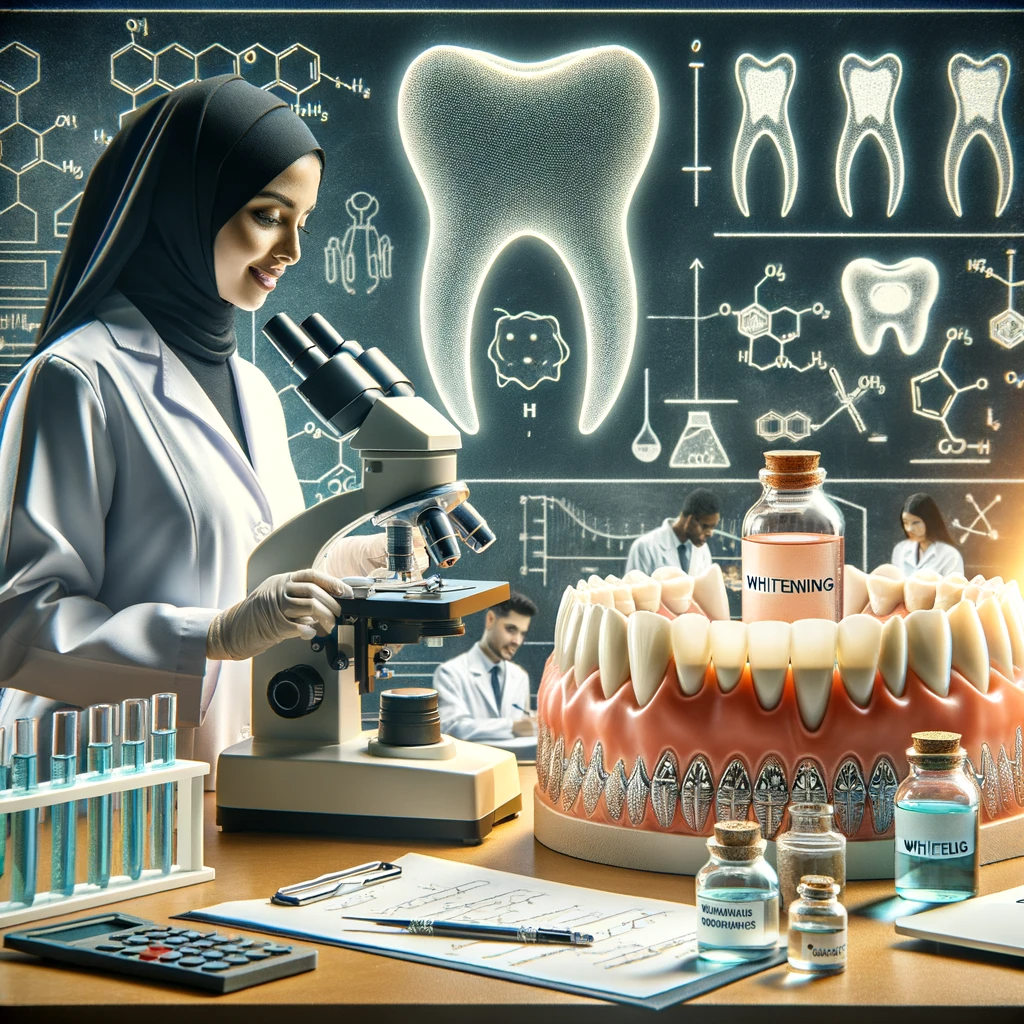A radiant smile can elevate confidence and leave lasting impressions, but the journey to achieving it is backed by science. By understanding the mechanisms and chemistry involved, one can truly discern the best teeth whitening method. Join us as we delve into the captivating world of dental science and its transformative powers.

The Anatomy of Tooth Discoloration
To comprehend the effectiveness of various teeth whitening methods, it’s crucial to understand why teeth become discolored in the first place:
- Extrinsic Stains: These are surface-level stains caused by factors such as coffee, wine, tobacco, and certain foods. They affect the outer enamel.
- Intrinsic Stains: These lie beneath the surface, within the dentin. Causes include certain medications, trauma, or excess fluoride during tooth development.
- Age-Related Stains: A combination of intrinsic and extrinsic factors that occur as the enamel thins over time, revealing the naturally yellow dentin beneath.
The Chemistry Behind Whitening
The two primary agents used in teeth whitening products are hydrogen peroxide and carbamide peroxide. When applied, these agents break down into oxygen molecules, which penetrate the porous enamel and oxidize the long-chain stain molecules, breaking them apart and thus, lightening the tooth.
Home Whitening vs. Professional Whitening
- Home Whitening: Over-the-counter products usually contain lower concentrations of peroxide, making them safer for unsupervised use but potentially less effective or requiring more prolonged exposure.
- Professional Whitening: Dentists use higher concentrations of peroxide, combined with specialized equipment like UV lights or lasers to accelerate the whitening process. The controlled environment also ensures gum protection.
Natural Whitening Agents: Fact or Fiction?
Natural remedies, such as baking soda, apple cider vinegar, or activated charcoal, claim to whiten teeth. While some, like baking soda, have mild abrasive properties that can remove surface stains, their long-term effectiveness and safety remain debated among dental professionals.
The Role of Enamel in Whitening
Enamel, the tooth’s outer layer, is semi-translucent and porous. Its health and thickness play a vital role in teeth whitening. Thinner enamel can expose more of the yellowish dentin, making teeth appear yellower. Overly abrasive treatments can further thin the enamel, making it essential to choose a whitening method that’s both effective and enamel-safe.
Potential Side Effects and Precautions
While teeth whitening is generally safe, potential side effects include tooth sensitivity and gum irritation. It’s essential to follow product guidelines or seek professional advice to minimize these risks.
Conclusion
The quest for the perfect smile is as much an art as it is a science. With a deeper understanding of the mechanisms at play, individuals can make informed decisions about the best teeth whitening method for their unique needs. Always consult with a dental professional before embarking on any treatment to ensure the health and longevity of your pearly whites.